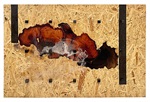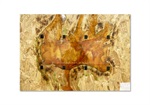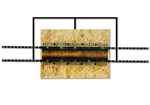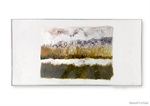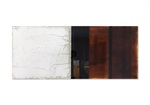1990 Born in Guangzhou, Guangdong Province
2013 Graduated from the mural Department of Guangzhou Academy of fine arts with a bachelor's degree
2015 Graduated from the Department of decorative arts of Guangzhou Academy of fine arts with a master's degree
Currently studies at Communication Department of Shinawatra University for a Ph.D. degree, works and lives in Guangzhou
SOLO EXHIBITION
2021
A Moment of Paradise - Works Exhibition of Che Junbiao, New Guangzhou Gallery, Guangzhou, China
Re-Construction - Che Junbiao Solo Exhibition, Hongmei Cultural and Creative Park, Shenyang, China
2019
Business and Behavior, 2522 Housestudio, Guangzhou, China
2017
Slow Swing - Che Junbiao's Personal Works Exhibition, Guangzhou, China
GROUP EXHIBITION
2022
The 2nd Guangdong Youth Lacquer Painting Exhibition, Jiangmen Art Museum, Jiangmen, China
2021
The 4th Tsinghua University Qiao Shiguang Lacquer Painting Art Innovation Award, Shenzhen Longhua Qiao Shiguang Lacquer Painting Research Institute, Shenzhen, China
Ice Breaking Art Plan, Hongmei Cultural and Creative Park, Shenyang, China
Lacquer language - Nomination Exhibition of Seven Contemporary Young Lacquer Artists, South China Art Museum, Guangdong, China
2020
Under the Banyan Tree - Public Installations, Guangzhou Branch of Guangzhou International Design Week, Guangzhou, China
2020 Youth 100 Launch Exhibition, Beijing, China
2017
National College Contemporary Handicraft Exhibition, Xi'an Academy of Fine Arts, Xi'an, China
The 2nd Chinese Lacquer Language Experimental Art Exhibition, Tsinghua University, Beijing, China




